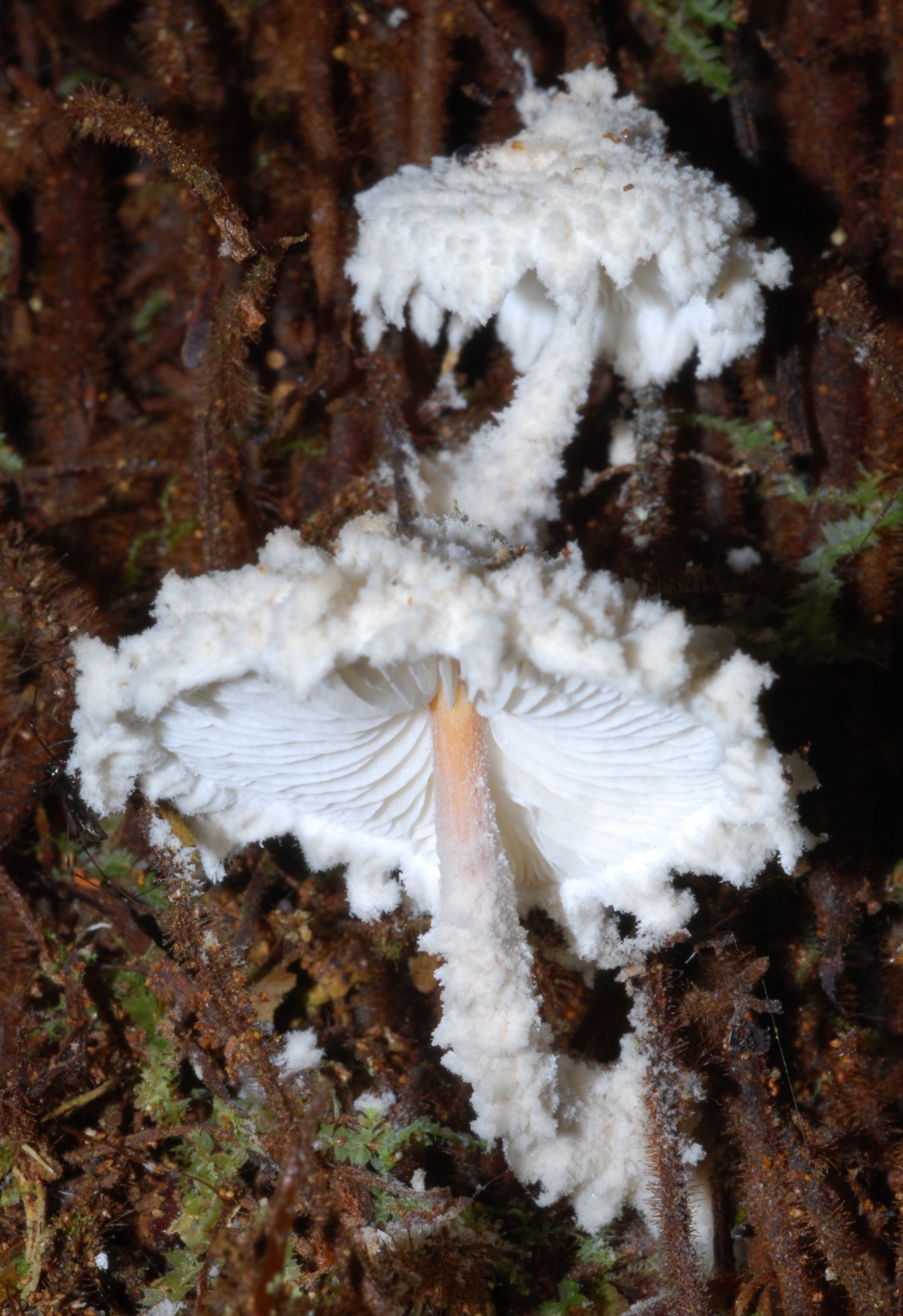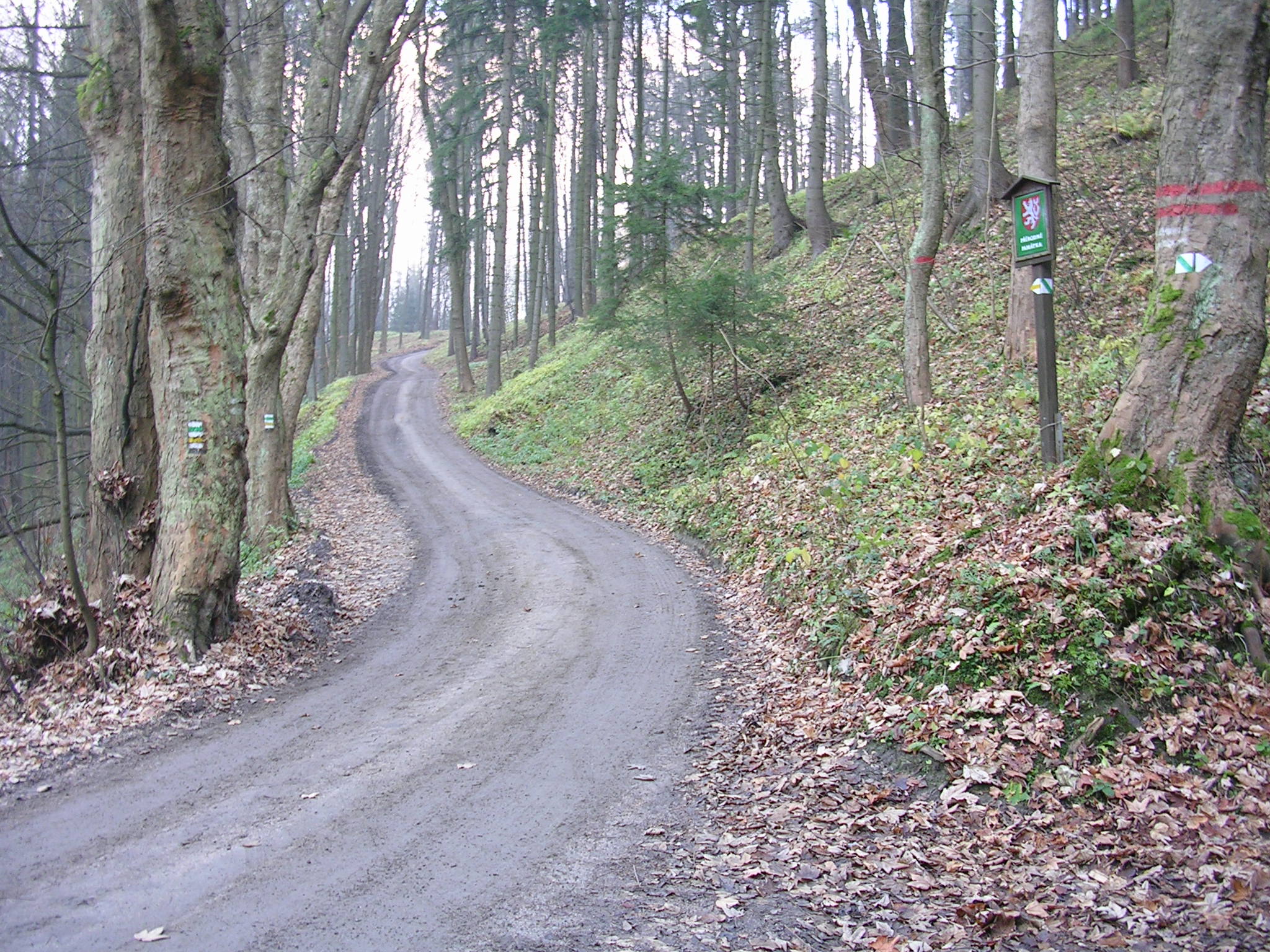|
Cystolepiota Seminuda
Cystolepiota seminuda is an inedible, common mushroom of the genus Cystolepiota. It can be found on humus In classical soil science, humus is the dark organic matter in soil that is formed by the decomposition of plant and animal matter. It is a kind of soil organic matter. It is rich in nutrients and retains moisture in the soil. Humus is the Lati ..., often along forest roads. Description The cap is convex to bell shaped; white, evenly grainy, often with a fringed margin and up to 2 cm in diameter. The gills are white and crowded, with white spores. The stem is white, turning slightly purple when bruised, flaky and grainy. References *E. Garnweidner. ''Mushrooms and Toadstools of Britain and Europe''. Collins. 1994. External links * * Agaricaceae Fungi of Europe Fungi described in 1976 {{agaricaceae-stub ... [...More Info...] [...Related Items...] OR: [Wikipedia] [Google] [Baidu] |
Fungi
A fungus ( : fungi or funguses) is any member of the group of eukaryotic organisms that includes microorganisms such as yeasts and molds, as well as the more familiar mushrooms. These organisms are classified as a kingdom, separately from the other eukaryotic kingdoms, which by one traditional classification include Plantae, Animalia, Protozoa, and Chromista. A characteristic that places fungi in a different kingdom from plants, bacteria, and some protists is chitin in their cell walls. Fungi, like animals, are heterotrophs; they acquire their food by absorbing dissolved molecules, typically by secreting digestive enzymes into their environment. Fungi do not photosynthesize. Growth is their means of mobility, except for spores (a few of which are flagellated), which may travel through the air or water. Fungi are the principal decomposers in ecological systems. These and other differences place fungi in a single group of related organisms, named the ''Eumycota'' (''t ... [...More Info...] [...Related Items...] OR: [Wikipedia] [Google] [Baidu] |
Basidiomycota
Basidiomycota () is one of two large divisions that, together with the Ascomycota, constitute the subkingdom Dikarya (often referred to as the "higher fungi") within the kingdom Fungi. Members are known as basidiomycetes. More specifically, Basidiomycota includes these groups: mushrooms, puffballs, stinkhorns, bracket fungi, other polypores, jelly fungi, boletes, chanterelles, earth stars, smuts, bunts, rusts, mirror yeasts, and ''Cryptococcus'', the human pathogenic yeast. Basidiomycota are filamentous fungi composed of hyphae (except for basidiomycota-yeast) and reproduce sexually via the formation of specialized club-shaped end cells called basidia that normally bear external meiospores (usually four). These specialized spores are called basidiospores. However, some Basidiomycota are obligate asexual reproducers. Basidiomycota that reproduce asexually (discussed below) can typically be recognized as members of this division by gross similarity to others, by the form ... [...More Info...] [...Related Items...] OR: [Wikipedia] [Google] [Baidu] |
Agaricomycetes
The Agaricomycetes are a class of fungi in the division Basidiomycota. The taxon is roughly identical to that defined for the Homobasidiomycetes (alternatively called holobasidiomycetes) by Hibbett & Thorn, with the inclusion of Auriculariales and Sebacinales. It includes not only mushroom-forming fungi, but also most species placed in the deprecated taxa Gasteromycetes and Homobasidiomycetes. Within the subdivision Agaricomycotina, which already excludes the smut and rust fungi, the Agaricomycetes can be further defined by the exclusion of the classes Tremellomycetes and Dacrymycetes, which are generally considered to be jelly fungi. However, a few former "jelly fungi", such as ''Auricularia'', are classified in the Agaricomycetes. According to a 2008 estimate, Agaricomycetes include 17 orders, 100 families, 1147 genera, and about 21000 species. Modern molecular phylogenetic analyses have been since used to help define several new orders in the Agaricomycetes: Amylocorticiales ... [...More Info...] [...Related Items...] OR: [Wikipedia] [Google] [Baidu] |
Agaricales
The fungal order Agaricales, also known as gilled mushrooms (for their distinctive gills) or euagarics, contains some of the most familiar types of mushrooms. The order has 33 extant families, 413 genera, and over 13,000 described species, along with six extinct genera known only from the fossil record. They range from the ubiquitous common mushroom to the deadly destroying angel and the hallucinogenic fly agaric to the bioluminescent jack-o-lantern mushroom. History, classification and phylogeny In his three volumes of '' Systema Mycologicum'' published between 1821 and 1832, Elias Fries put almost all of the fleshy, gill-forming mushrooms in the genus ''Agaricus''. He organized the large genus into "tribes", the names of many of which still exist as common genera of today. Fries later elevated several of these tribes to generic level, but later authors—including Gillet, Karsten, Kummer, Quélet, and Staude—made most of the changes. Fries based his classification on ... [...More Info...] [...Related Items...] OR: [Wikipedia] [Google] [Baidu] |
Agaricaceae
The Agaricaceae are a family of basidiomycete fungi and include the genus ''Agaricus'', as well as basidiomycetes previously classified in the families Tulostomataceae, Lepiotaceae, and Lycoperdaceae. Taxonomy The family Agaricaceae was published by French botanist François Fulgis Chevallier in 1826. It is named after the type genus ''Agaricus'', originally circumscribed by Carl Linnaeus in his 1753 work ''Species Plantarum''. In his authoritative 1986 classification of the Agaricales, Rolf Singer divided the Agaricaceae into four tribes distinguished largely by spore color: ''Leucocoprineae'', ''Agariceae'', ''Lepioteae'', and ''Cystodermateae''. Genera once classified in the families Tulostomataceae, Battarreaceae, Lycoperdaceae, and Mycenastraceae have since been moved to the Agaricaceae based on molecular phylogenetics studies. According to a standard reference text, the Agaricaceae contains 85 genera and 1340 species. Description Agaricaceae species use a wide variety o ... [...More Info...] [...Related Items...] OR: [Wikipedia] [Google] [Baidu] |
Cystolepiota
''Cystolepiota'' is a genus of mushroom-forming fungi in the family Agaricaceae. Taxonomy The genus was circumscription (taxonomy), circumscribed by mycologist Rolf Singer in 1952, who originally included three species: ''Cystolepiota brunneotingens, C. brunneotingens'', ''Cystolepiota luteifolia, C. luteifolia'', and the type species ''Cystolepiota constricta, C. constricta''. Species , Index Fungorum lists 43 species in ''Cystolepiota'': *''Cystolepiota adulterina'' (F.H.Møller) Bon (1976) – Great Britain *''Cystolepiota albogilva'' Singer (1989) *''Cystolepiota amazonica'' Singer (1989) *''Cystolepiota aurantica'' Singer (1973) *''Cystolepiota aureola'' Raithelh. (1985) *''Cystolepiota australis'' Singer (1969) *''Cystolepiota brunneotingens'' Singer (1952) *''Cystolepiota bucknallii'' (Berk. & Broome) Singer & Clémençon (1972) *''Cystolepiota cinereofusca'' Singer (1982) *''Cystolepiota constricta'' Singer (1952) *''Cystolepiota cystophora'' (Malençon) ... [...More Info...] [...Related Items...] OR: [Wikipedia] [Google] [Baidu] |
Marcel Bon
Marcel Bon (17 March 1925 – 11 May 2014)http://fmbds.org/wp-content/uploads/2014/06/CAFAM-2014-CR-complet.pdf was one of France's best known field mycologists. He was born in Picardy in 1925 and came to mycology through general botany, and pharmacology. He lived at Saint-Valery-sur-Somme, a quaint little town on the mouth of the river Somme, in Picardy, Northern France, which was a former artists' and writers' retreat, and is now a popular tourist town. In 1987, along with two artists (John Wilkinson, and Denys Ovenden) he produced a comprehensive field guide for mycologists, ''The Mushrooms and Toadstools of Britain and North-western Europe''. His other skills were as a pianist, an artist, and a skier. Bibliography *''The Mushrooms and Toadstools of Britain and North Western Europe'', Bon M., (1987) pub. Hodder and Stoughton. ** (paperback) ** (hardback). *''Les tricholomes de France et d'Europe occidentale'', Bon. M, (1984) pub. Lechevalier (Paris). *''Fungorum Rariorum ... [...More Info...] [...Related Items...] OR: [Wikipedia] [Google] [Baidu] |
Humus
In classical soil science, humus is the dark organic matter in soil that is formed by the decomposition of plant and animal matter. It is a kind of soil organic matter. It is rich in nutrients and retains moisture in the soil. Humus is the Latin word for "earth" or "ground". In agriculture, "humus" sometimes also is used to describe mature or natural compost extracted from a woodland or other spontaneous source for use as a soil conditioner. It is also used to describe a topsoil horizon that contains organic matter (''humus type'', ''humus form'', or ''humus profile''). Humus has many nutrients that improve the health of soil, nitrogen being the most important. The ratio of carbon to nitrogen (C:N) of humus commonly ranges between eight and fifteen with the median being about twelve. It also significantly affects the bulk density of soil. Humus is amorphous and lacks the "cellular cake structure characteristic of plants, micro-organisms or animals". Description The primary ... [...More Info...] [...Related Items...] OR: [Wikipedia] [Google] [Baidu] |
Forest Road
Forest tracks or forest roads are roads or tracks intended to carry motorised vehicles or horse-drawn wagons being used mainly or exclusively for forestry purposes, such as conservation or logging. Forest tracks may be open to ramblers or mountain bikers depending on local rules. Description Forest roads may be tarmacked, gravelled or metalled (using hard core) and often have restrictions on use. In many regions the establishment of forest roads is not only subject to approval under forest management law, but also conservation law. in Tyrol retrieved 28 June 2010 In and other especially important conservation areas, forest roads and tracks are generally ... [...More Info...] [...Related Items...] OR: [Wikipedia] [Google] [Baidu] |
Fungi Of Europe
A fungus (plural, : fungi or funguses) is any member of the group of Eukaryote, eukaryotic organisms that includes microorganisms such as yeasts and Mold (fungus), molds, as well as the more familiar mushrooms. These organisms are classified as a Kingdom (biology), kingdom, separately from the other eukaryotic kingdoms, which by one traditional classification include Plantae, Animalia, Protozoa, and Chromista. A characteristic that places fungi in a different kingdom from plants, bacteria, and some protists is chitin in their cell walls. Fungi, like animals, are heterotrophs; they acquire their food by absorbing dissolved molecules, typically by secreting digestive enzymes into their environment. Fungi do not photosynthesize. Growth is their means of motility, mobility, except for spores (a few of which are flagellated), which may travel through the air or water. Fungi are the principal decomposers in ecological systems. These and other differences place fungi in a single gro ... [...More Info...] [...Related Items...] OR: [Wikipedia] [Google] [Baidu] |






